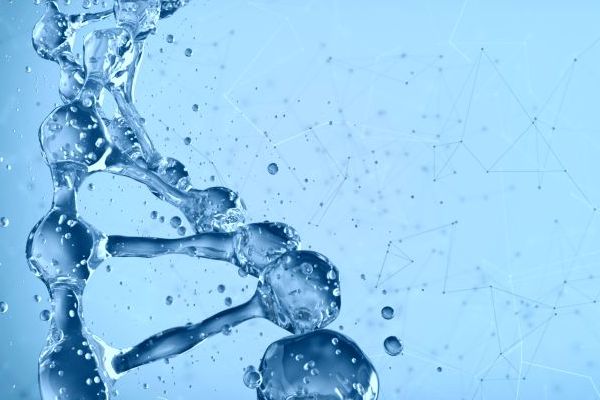1. Introduction to water monitoring, sampling and analysis (Decree No. 98/2011 Coll. on the method of assessing the status of surface water bodies, the method of assessing the ecological potential heavily affected and artificial surface water bodies and the requisites of survey programs and assessment of surface water status).
2. Overview and interpretation of standards related to sampling of water and aquatic environment and waste water series ČSN EN ISO 5667 and other standards and regulations following the ČSN ISO standards.
3. Sampling strategy, sampling point selection, frequency, types of sampling.
4. Sampling plan and sampling protocol - what it must contain.
5. Technique and technology of water sampling from different systems: flowing, stagnant, groundwater, wastewater and user systems.
6. Safety risks during sampling, principles of safety and use of personal protective equipment.
7. Sample care and transport to laboratories.
8. Control and quality assurance of sampling processes. Incorporation of sampling work into the quality system of laboratories.
9. Overview and interpretation of regulations relating to the protection of water resources and, in general, the protection of the environment, which may concern the work of samplers in the field (access and entry into protected areas, prescribed behavior in these areas, repressive possibilities).
10. Realization of field sampling, installation of sampler, sampling, creation of sampling protocol.
11. Sample division, preservation and treatment of incremental samples according to individual analytical methods.
12. Care of sampling equipment and tools and their maintenance.
13. Basic requirements for accredited sampling and testing - ČSN EN ISO/IEC 17025.
2. Overview and interpretation of standards related to sampling of water and aquatic environment and waste water series ČSN EN ISO 5667 and other standards and regulations following the ČSN ISO standards.
3. Sampling strategy, sampling point selection, frequency, types of sampling.
4. Sampling plan and sampling protocol - what it must contain.
5. Technique and technology of water sampling from different systems: flowing, stagnant, groundwater, wastewater and user systems.
6. Safety risks during sampling, principles of safety and use of personal protective equipment.
7. Sample care and transport to laboratories.
8. Control and quality assurance of sampling processes. Incorporation of sampling work into the quality system of laboratories.
9. Overview and interpretation of regulations relating to the protection of water resources and, in general, the protection of the environment, which may concern the work of samplers in the field (access and entry into protected areas, prescribed behavior in these areas, repressive possibilities).
10. Realization of field sampling, installation of sampler, sampling, creation of sampling protocol.
11. Sample division, preservation and treatment of incremental samples according to individual analytical methods.
12. Care of sampling equipment and tools and their maintenance.
13. Basic requirements for accredited sampling and testing - ČSN EN ISO/IEC 17025.
